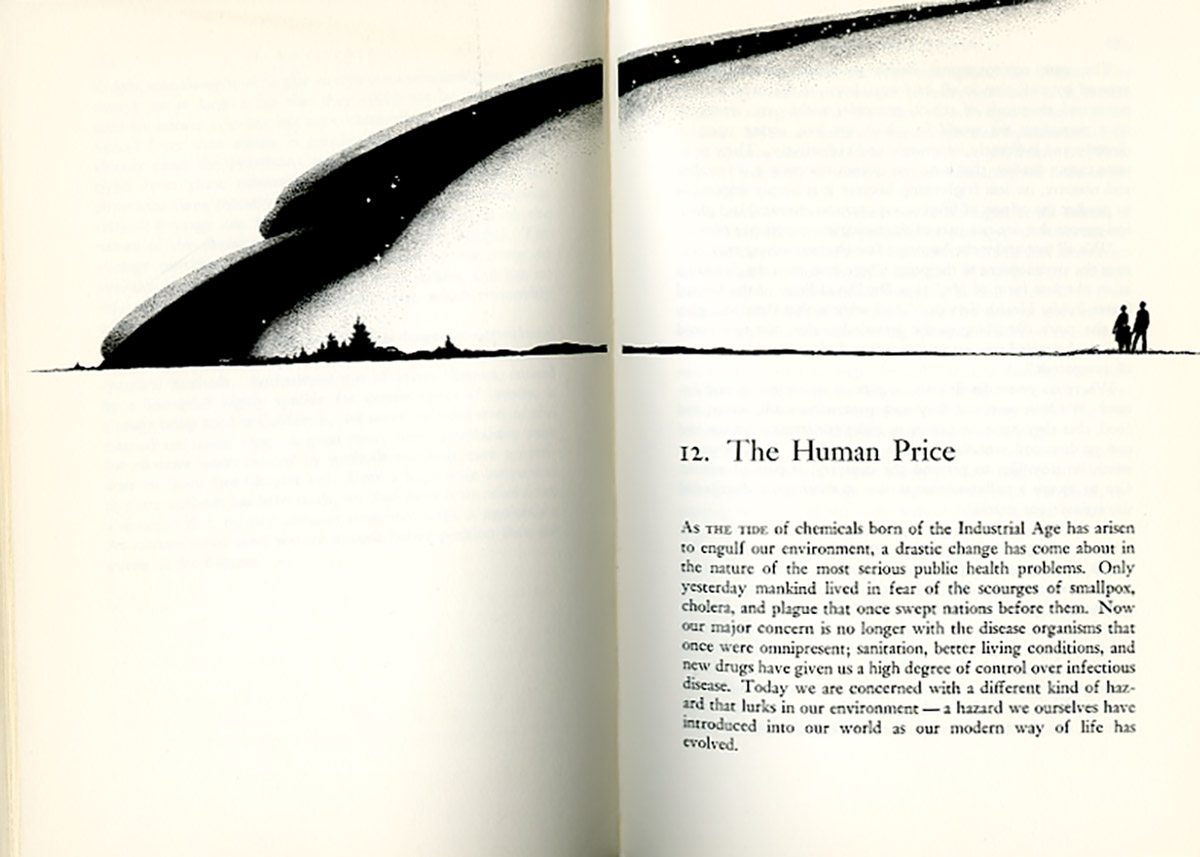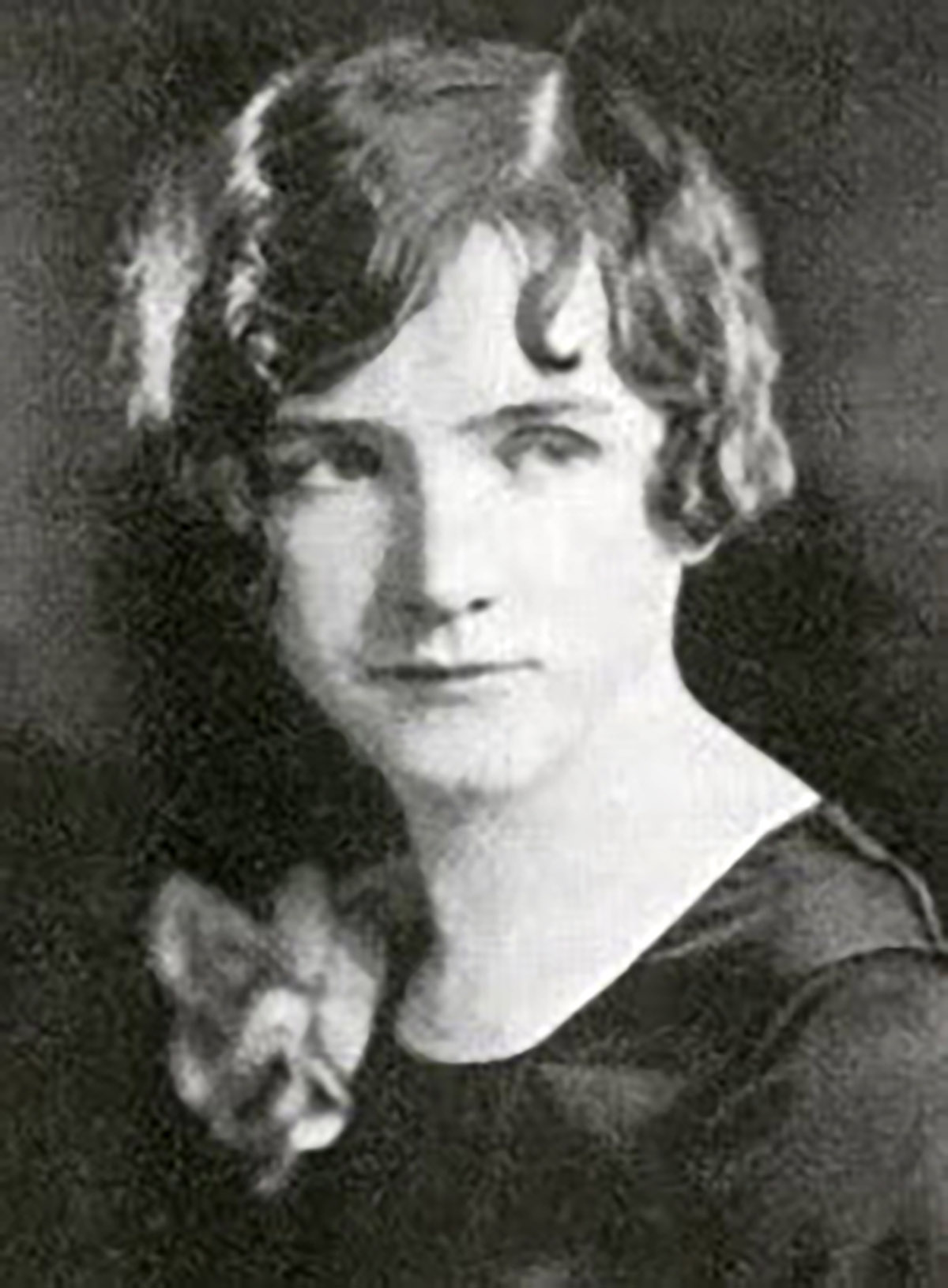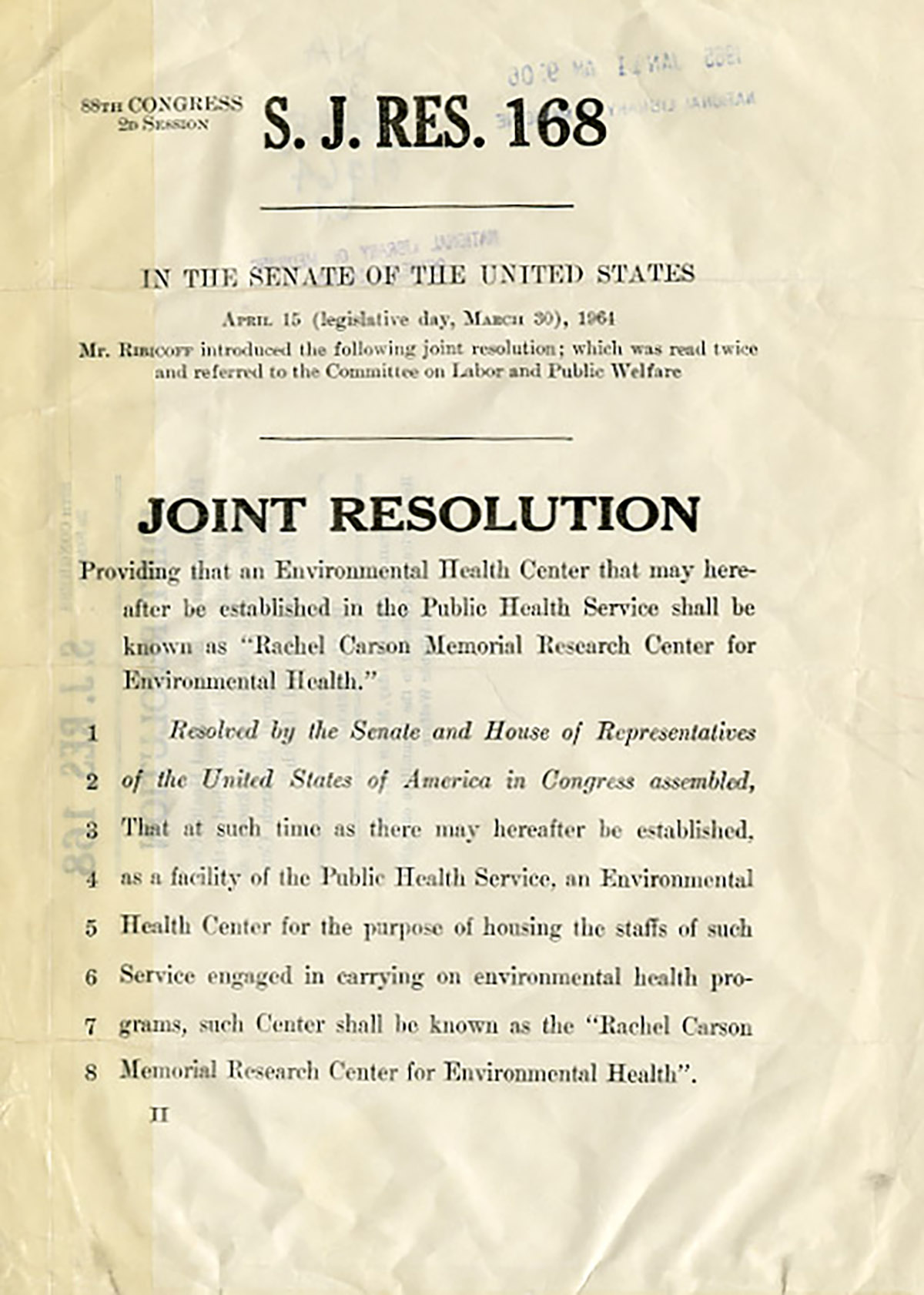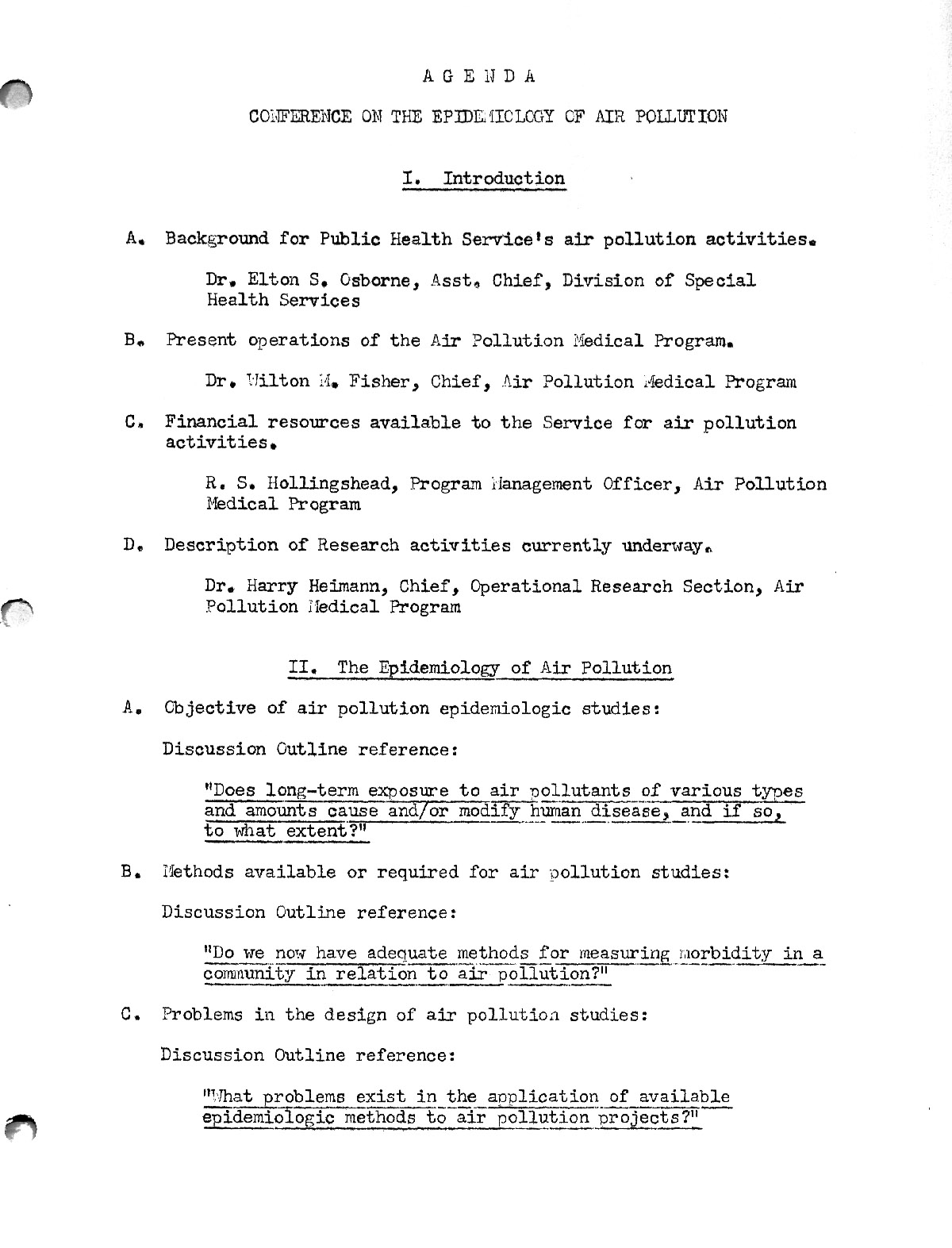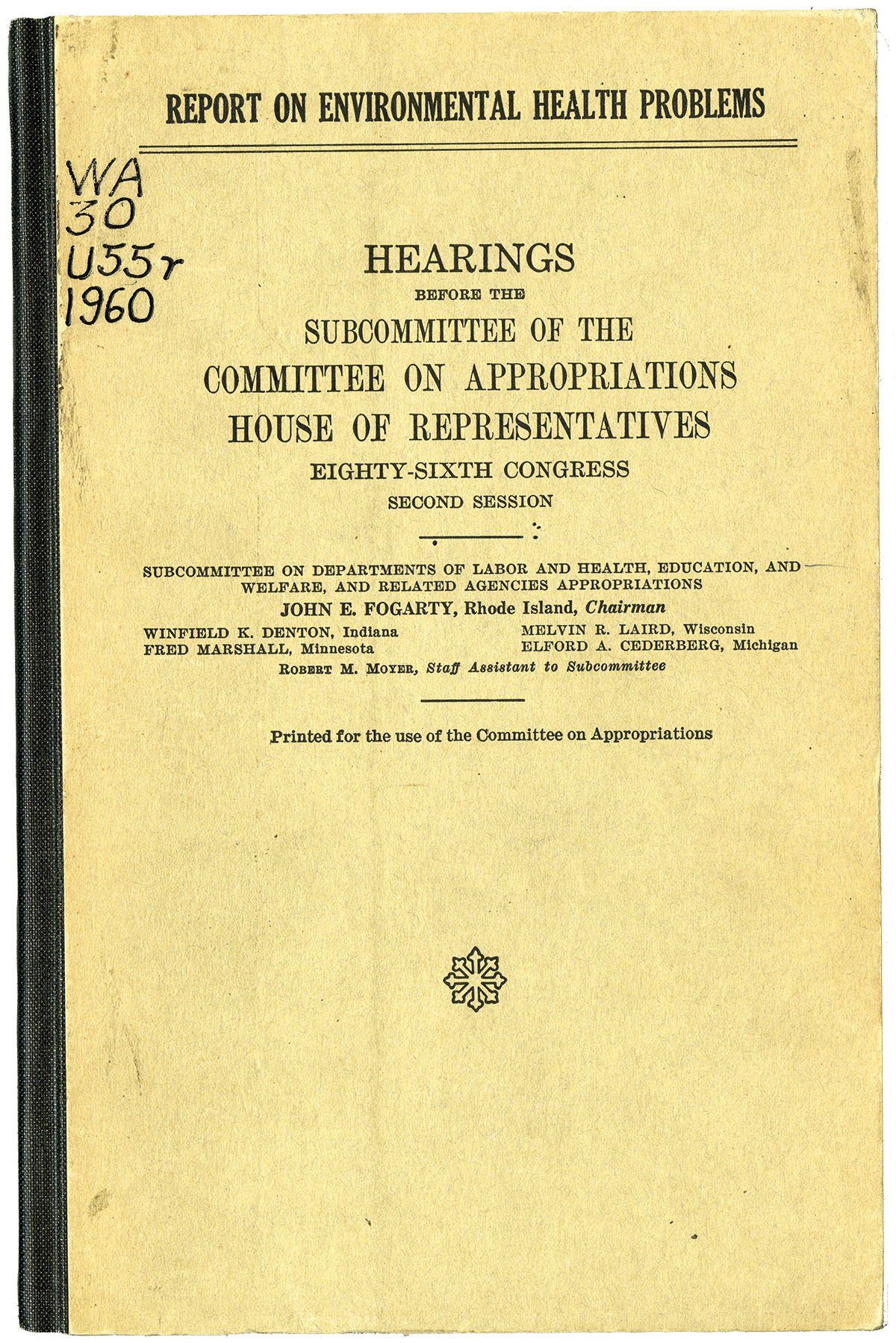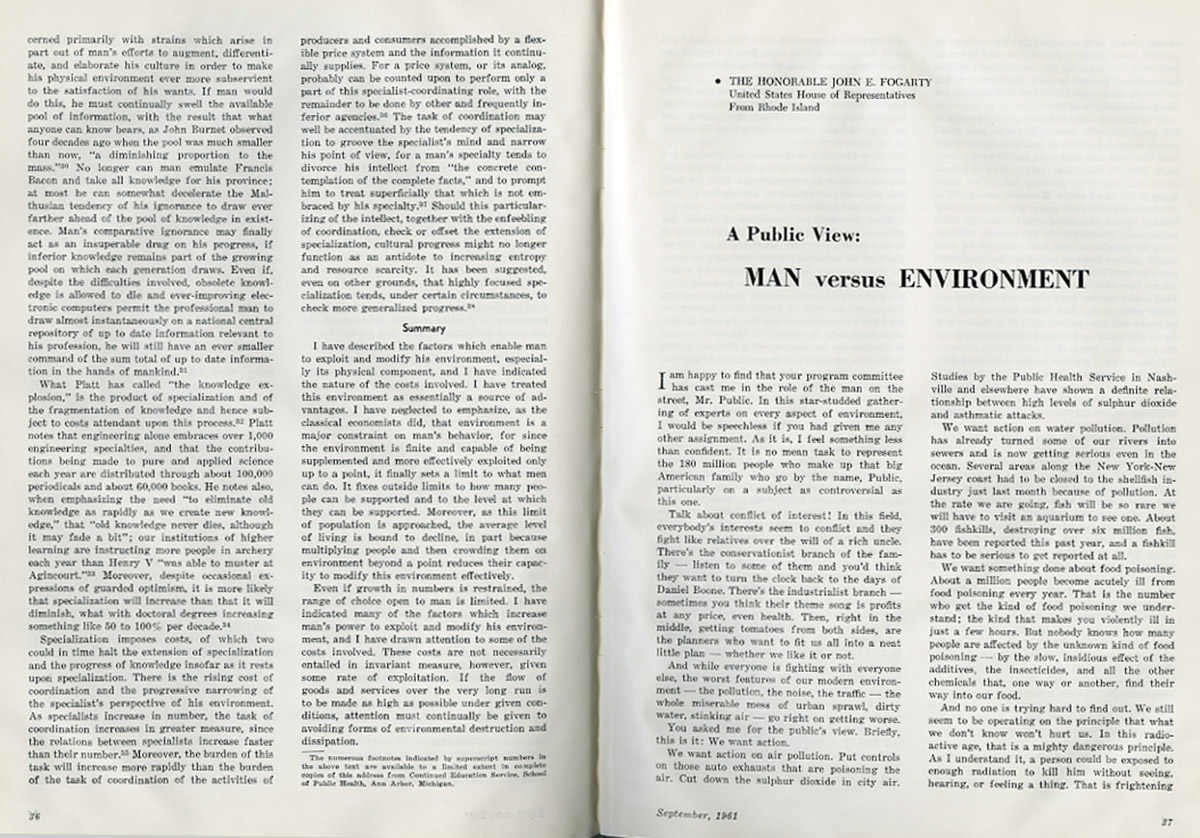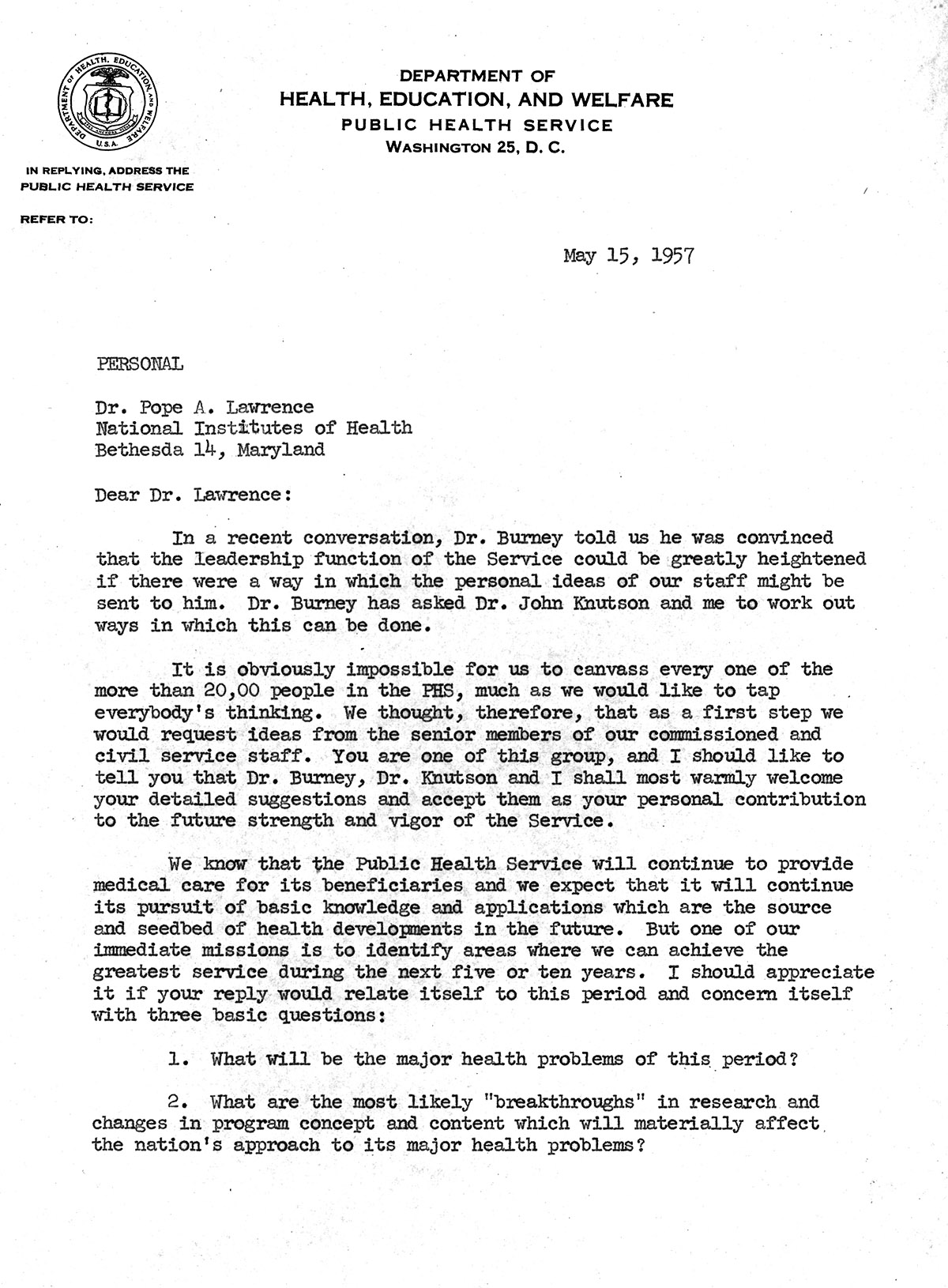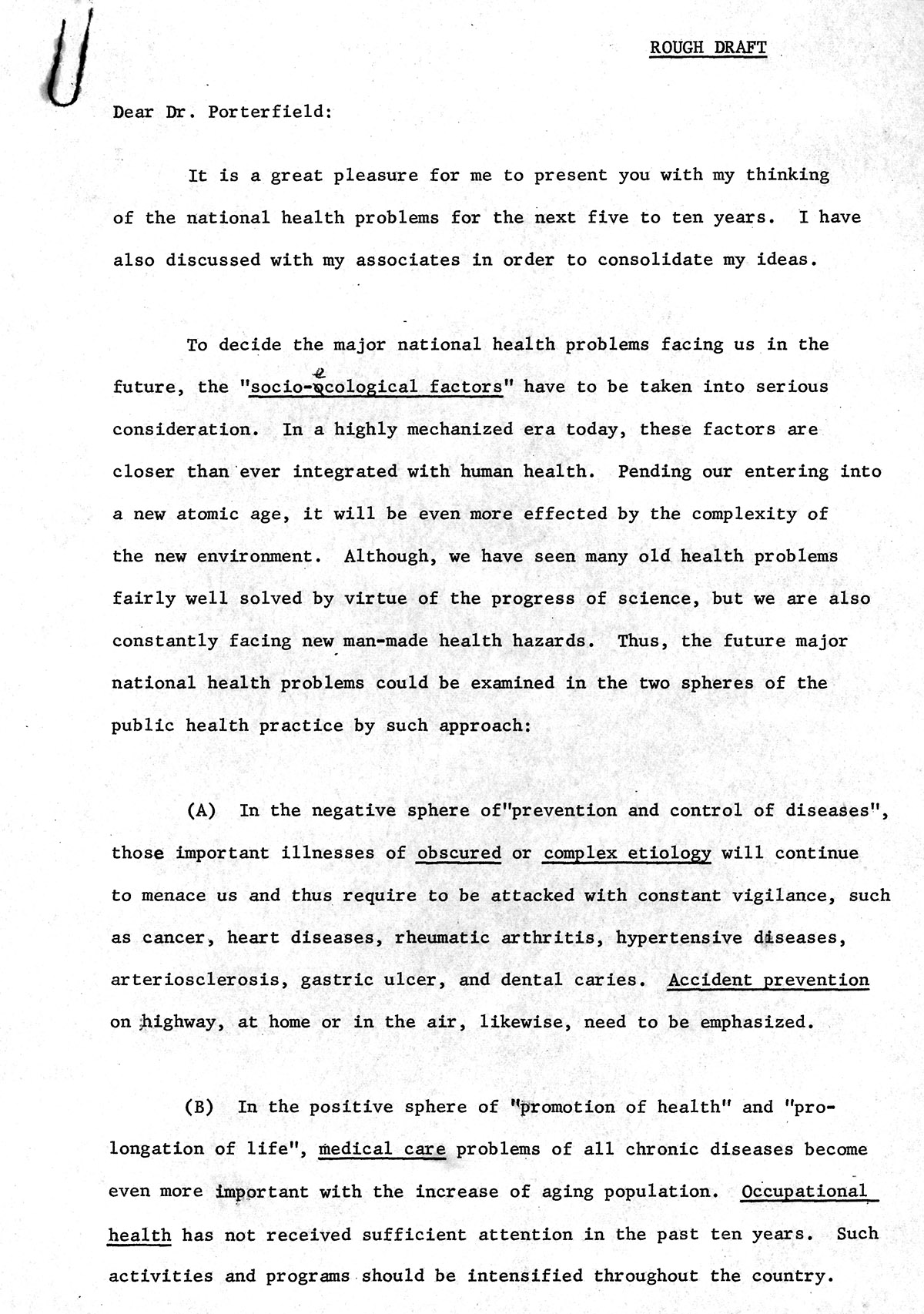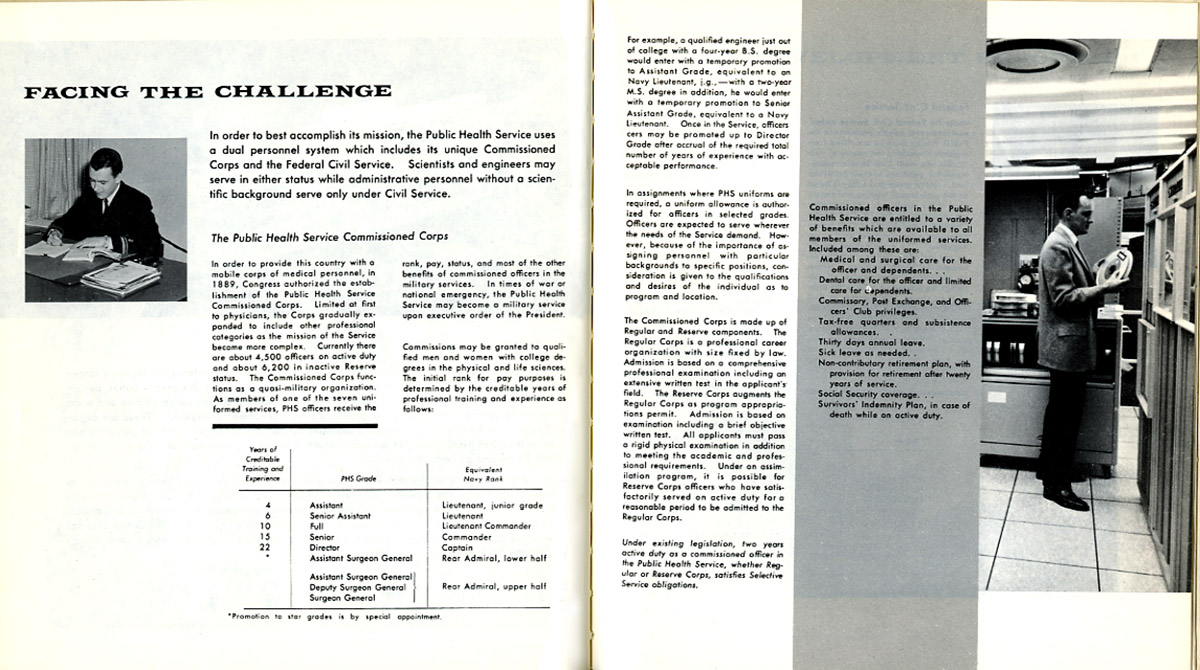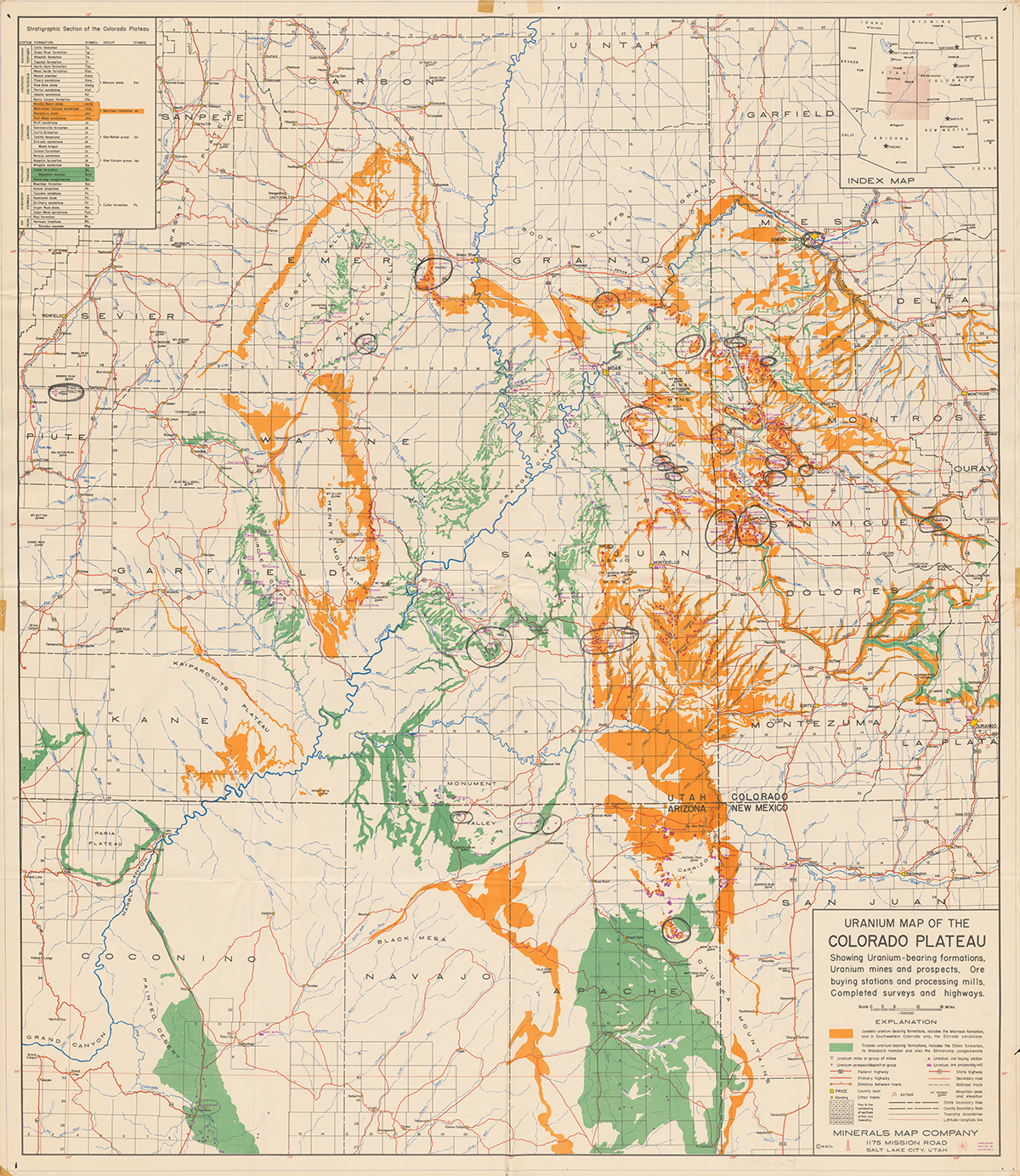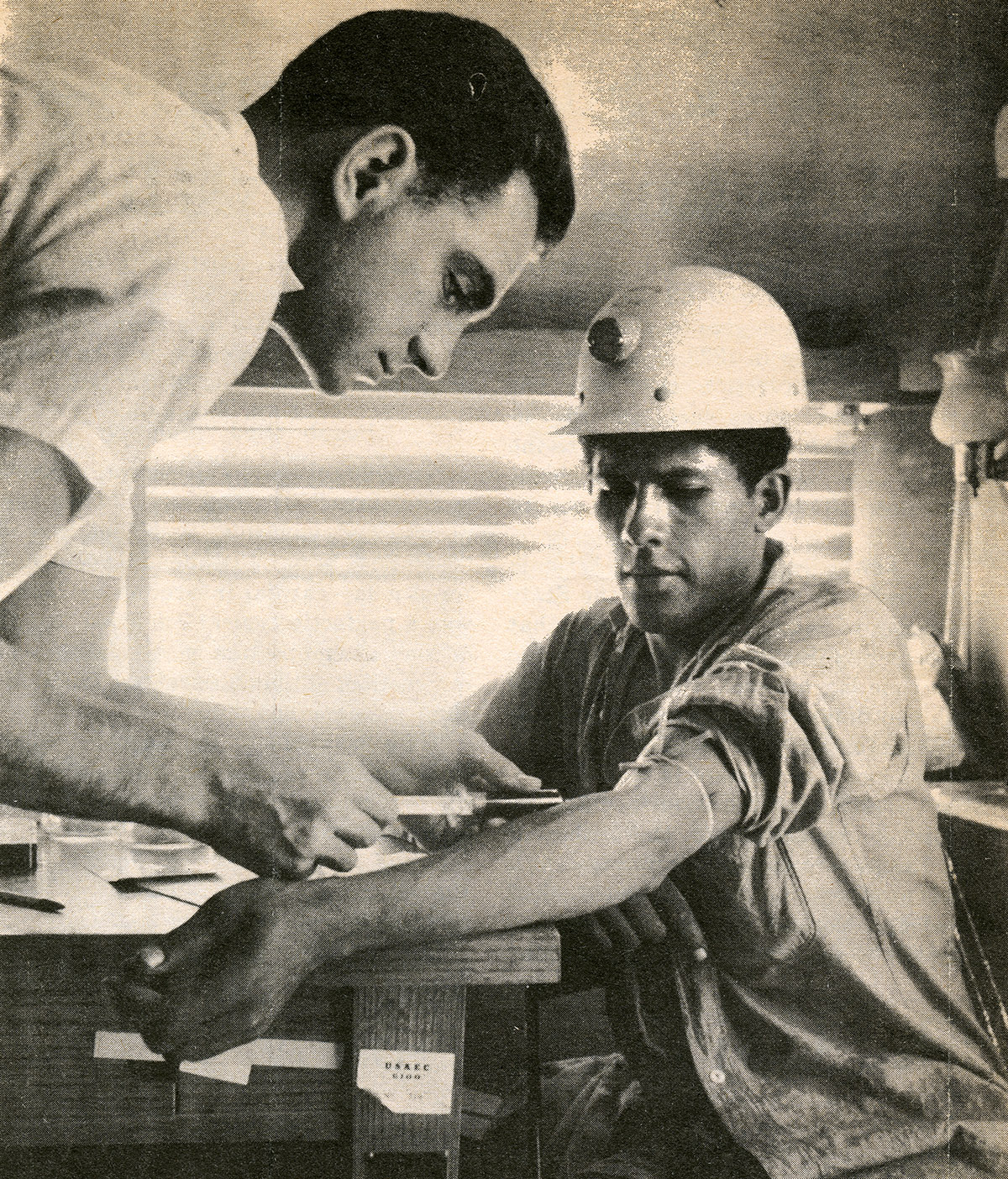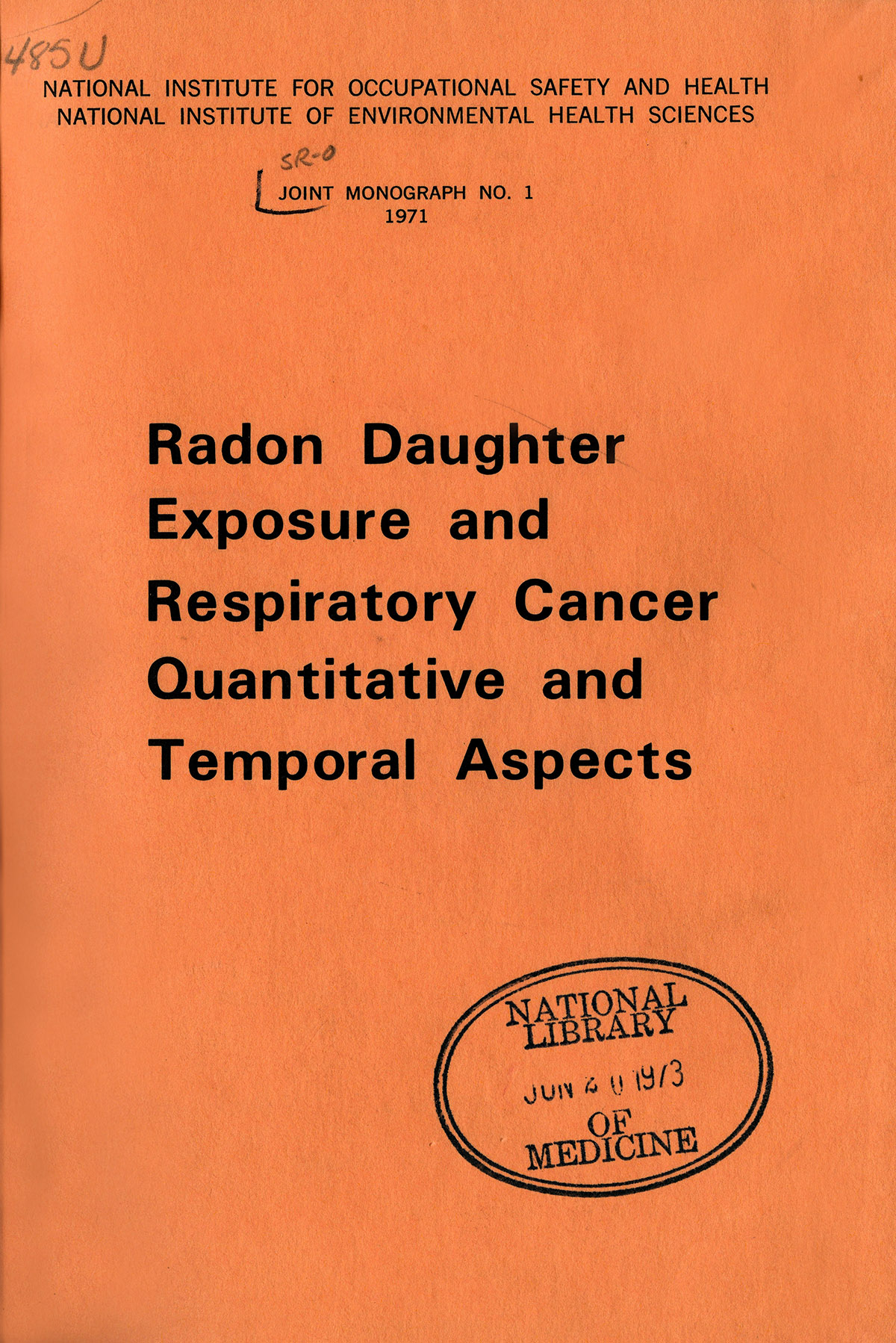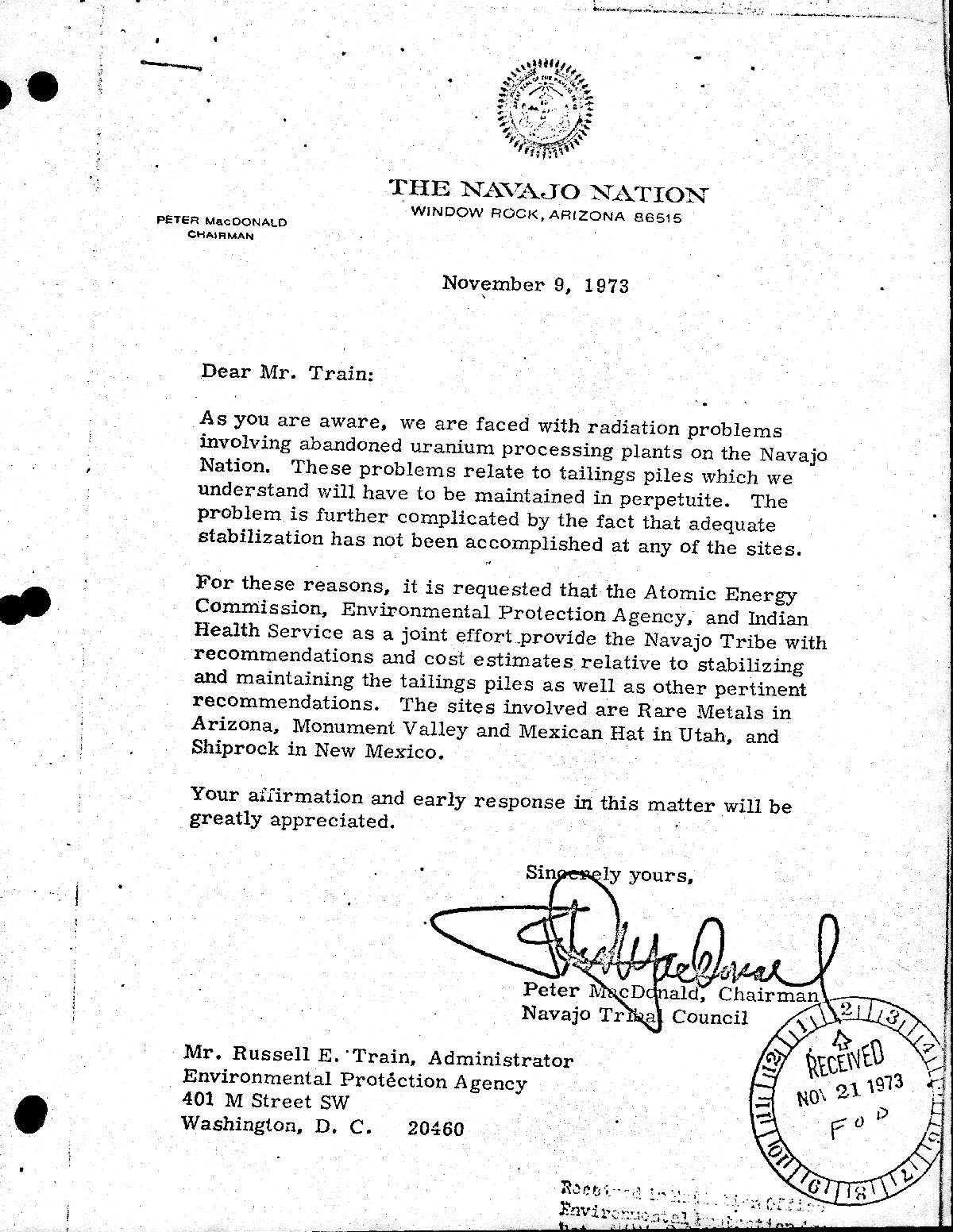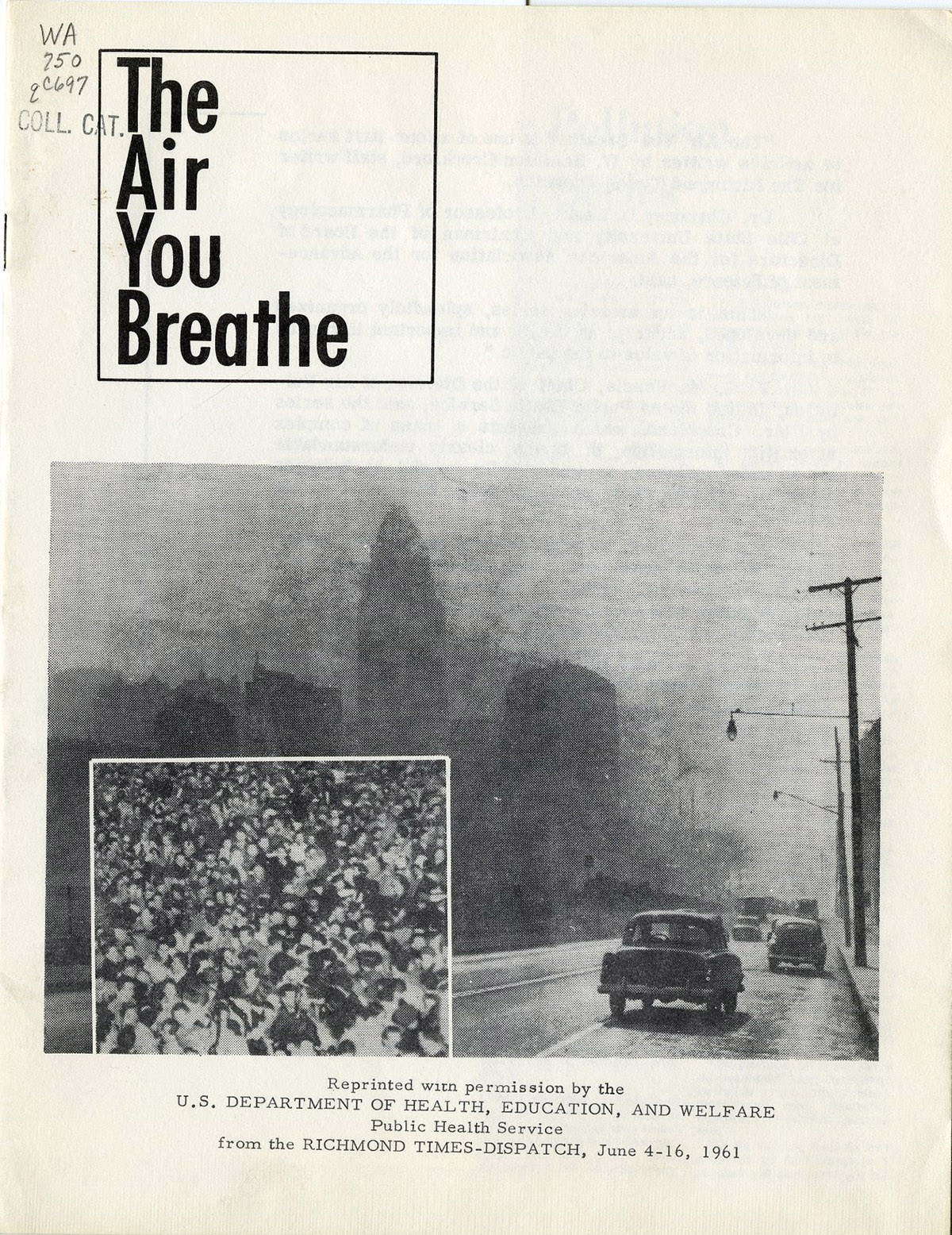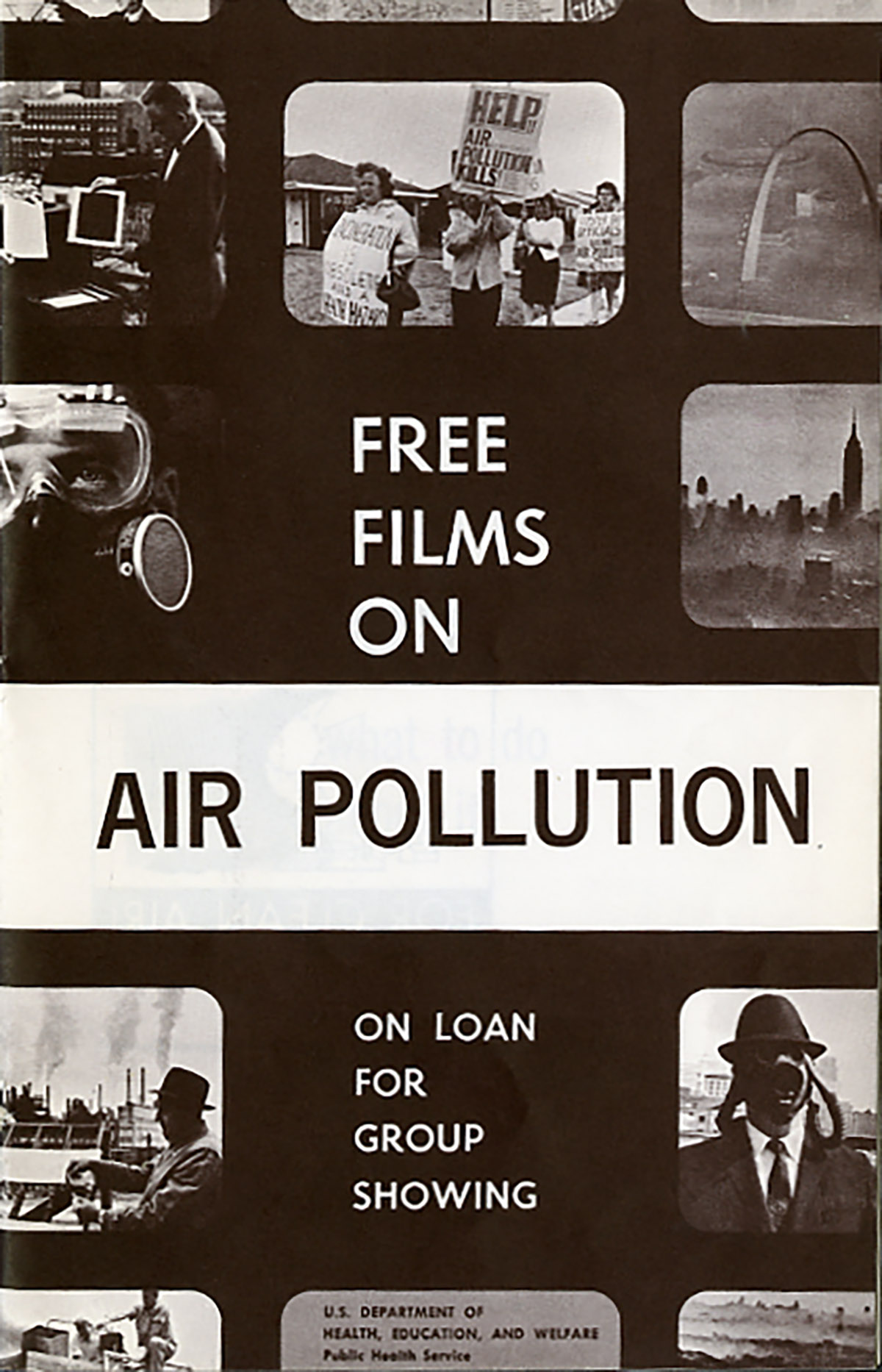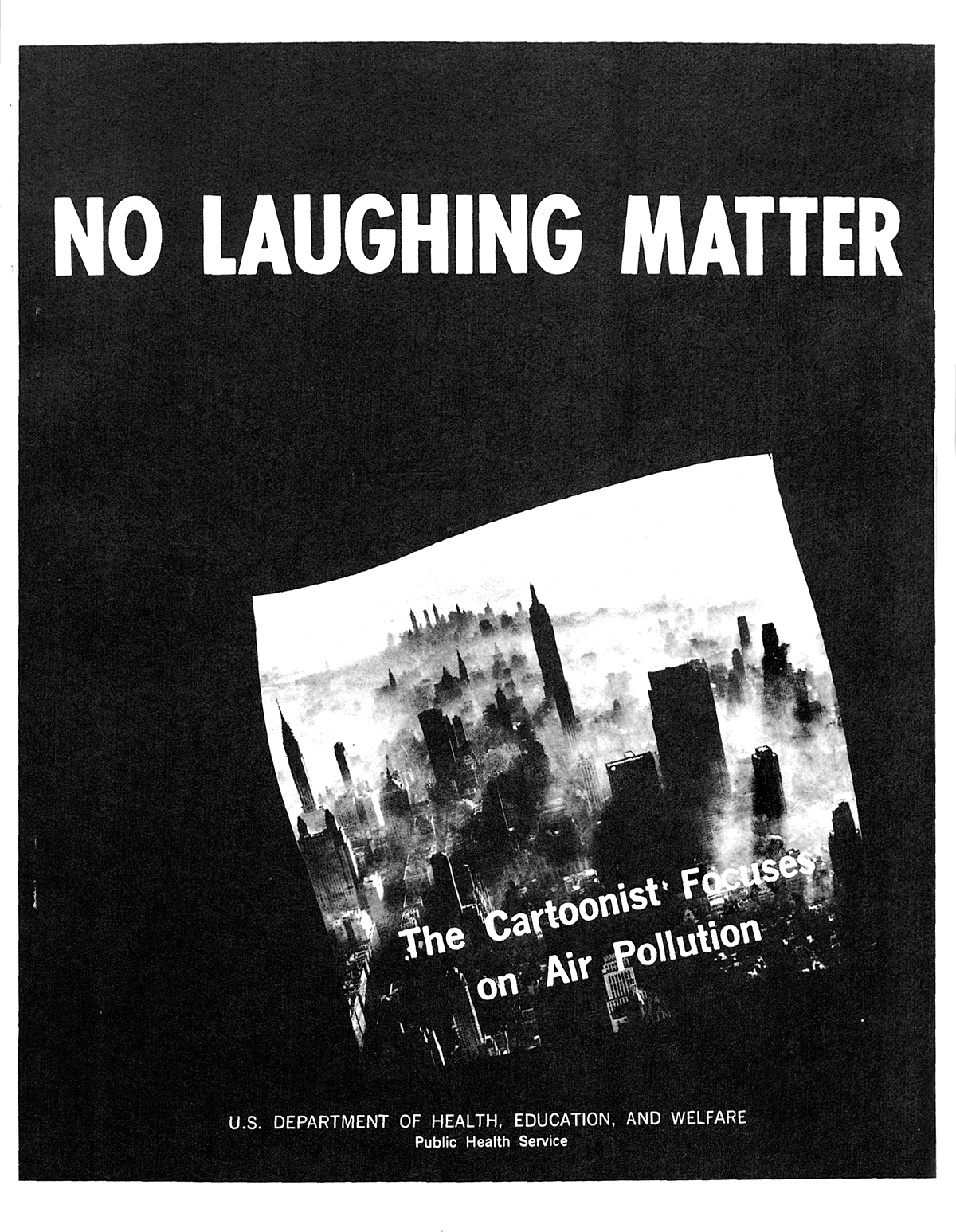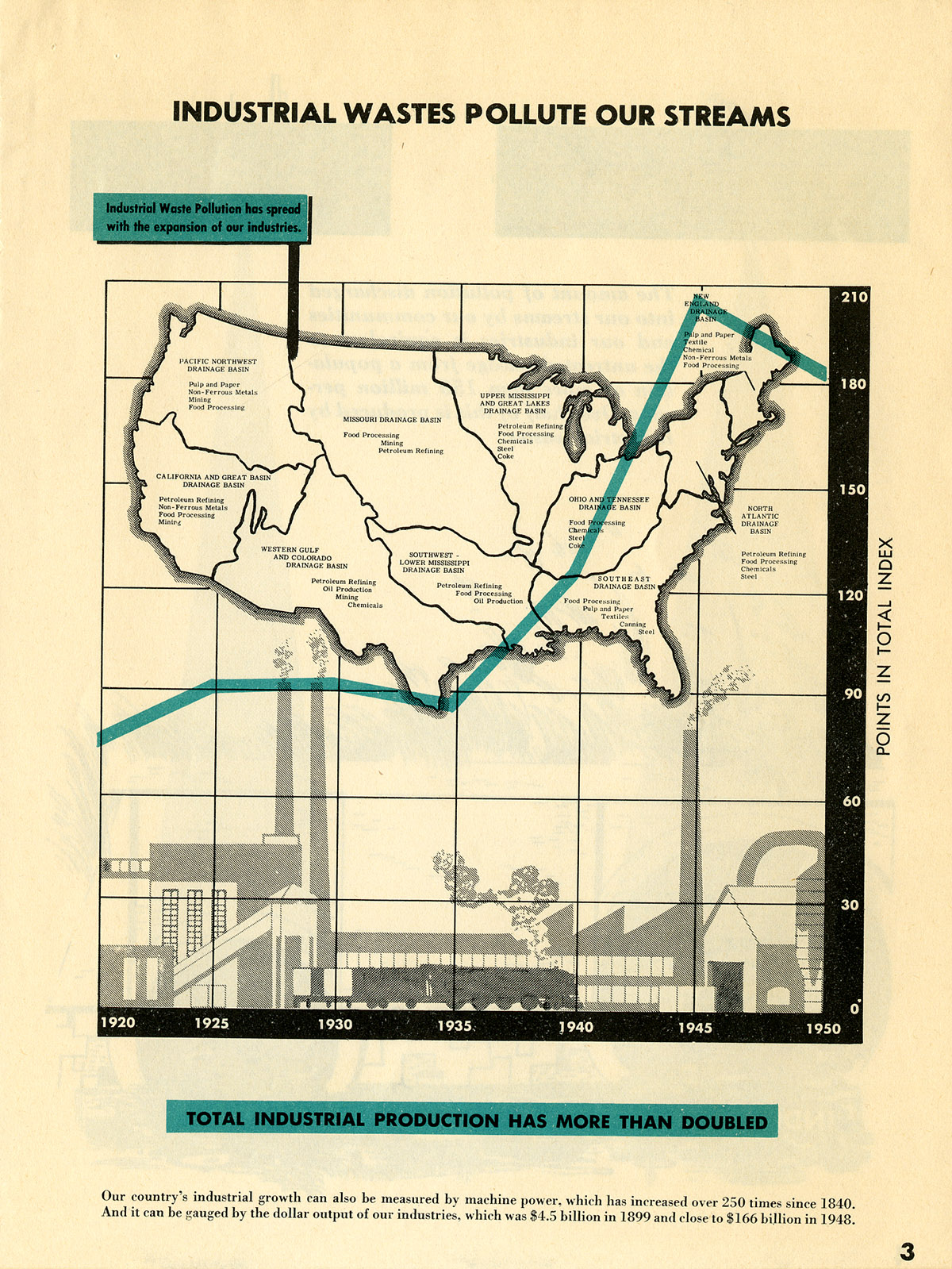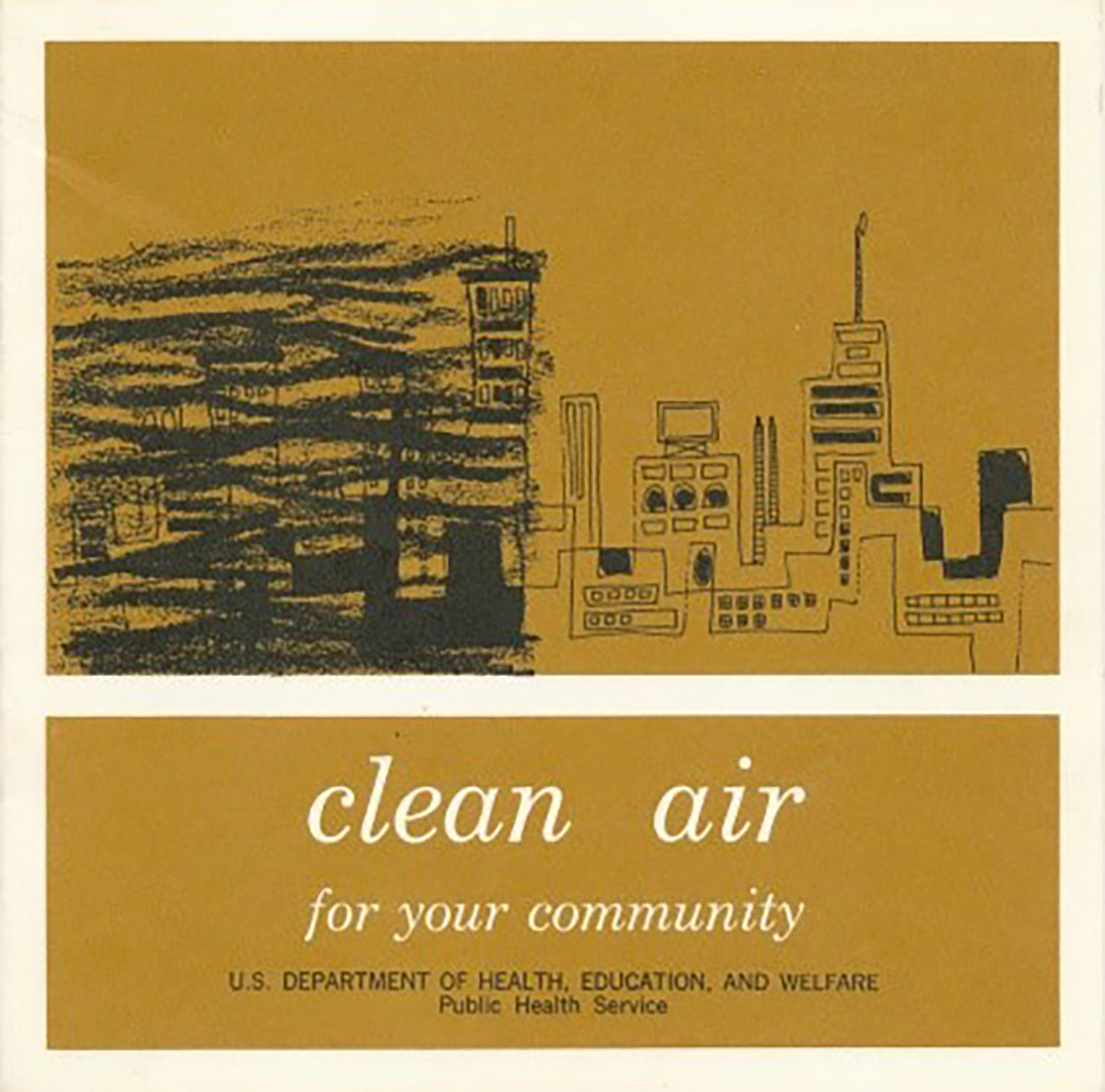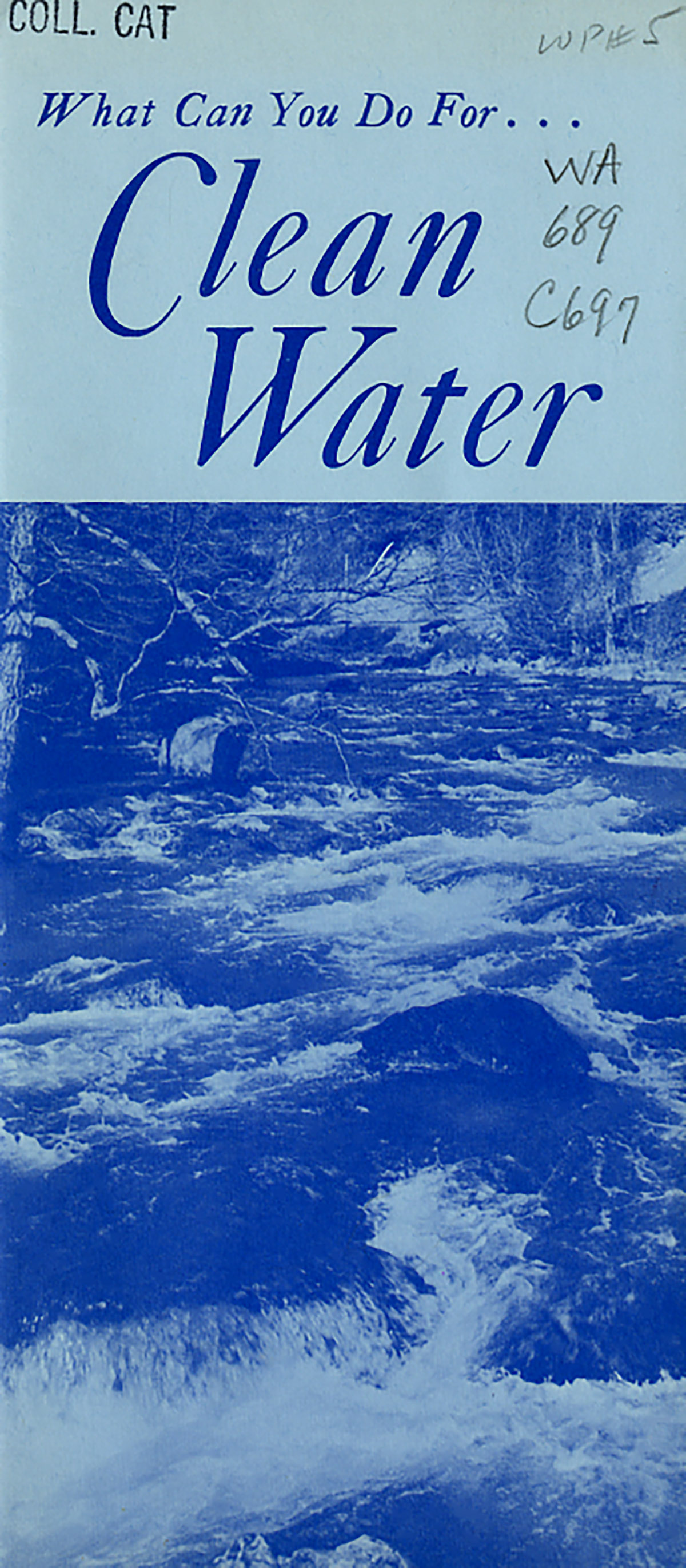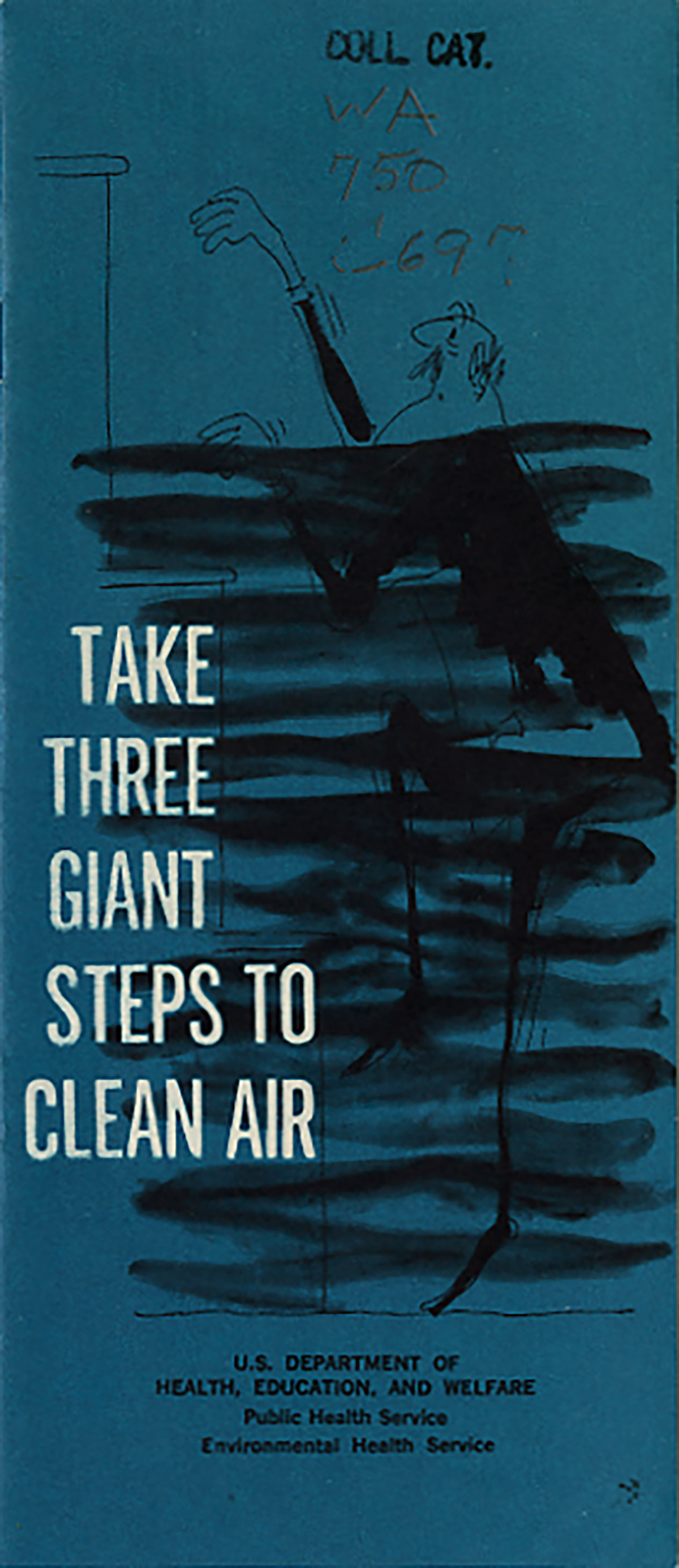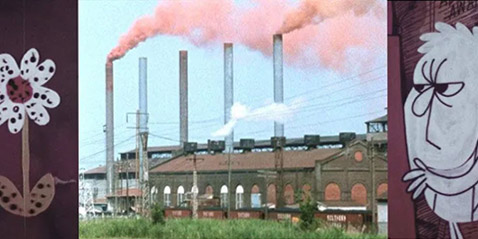In 1970, the National Library of Medicine featured an exhibition, The Darkening Day, that illustrated the detrimental health effects of environmental pollutants. In that same year, millions of Americans took to the streets in observance of the first Earth Day on April 22.
Fifty years later, this exhibition highlights examples of the research, programs and policies, public messaging, and action taken by the U.S. Department of Health, Education and Welfare and federal scientists from the Public Health Service (PHS) in the years leading up to The Darkening Day.
Rachel Carson
In the Wake of Silent Spring
Rachel Carson, marine biologist and writer, researched pesticides in the late 1950s. Carson’s findings led to her book Silent Spring, published in 1962, which warned of the detrimental effects of pesticides on the environment.
Today, Silent Spring is considered one of the major catalysts for the modern environmental movement.
“The contamination of the environment with harmful substances is one of the major problems of modern life…. Now we are receiving sharp reminders that our heedless and destructive acts enter into the vast cycles of the earth and in time return to bring hazard to ourselves.”
-- Rachel Carson, Statement before Congress, 1963
Air Pollution
A Rising Public Health Crisis
In 1948, the PHS began studying the health effects of air pollution after 20 citizens died and many became ill from smog in Donora, Pennsylvania.
New Workforce
Radiation
Uranium in the Four Corners: A Case Study
Uranium, a naturally occurring radioactive substance, was heavily mined in the latter half of the 20th century in the Four Corners region of the Western United States. By the 1980s, many uranium mines were abandoned after studies found uranium to cause health problems.
Public Access
Sharing Information
The PHS reprinted and distributed informative pollution-related content from journalists to TV and film documentarians, and even cartoonists.
By 1962, PHS publications and other media were made freely available through depository libraries of the Government Printing Office (GPO). Expanding public access to PHS publications at this time made diverse information on pollution available to all.
Mobilizing People
Government Pamphlets
Many government and government-funded pamphlets on pollution encouraged citizens to help create a healthier environment.
Credits
The National Library of Medicine produced this exhibition.
Guest curator: Tannaz Motevalli
Exhibition Designer: HealyKohler Design


